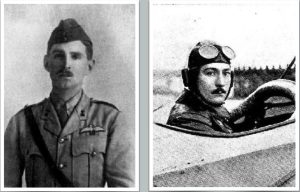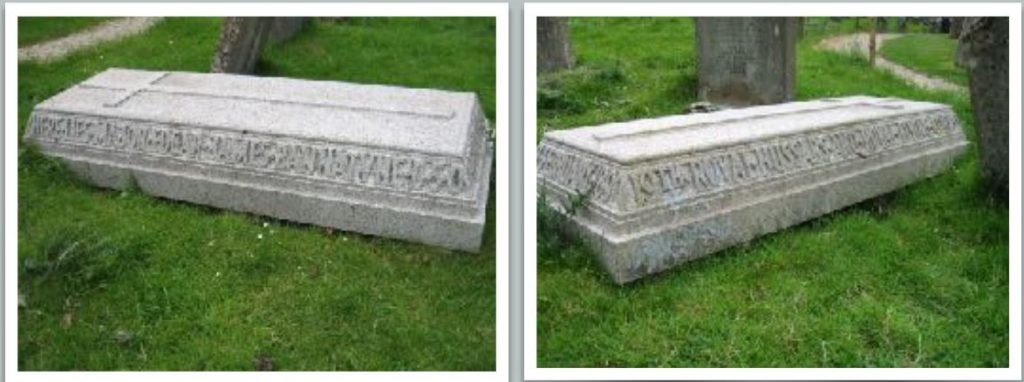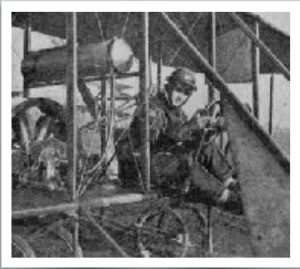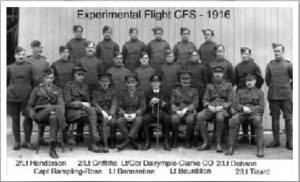Royal Flying Corps

Edgar James Bannatyne was born in Limerick, Ireland on 7 February 1891, the son of Alexander Edmund and Alice Maude Bannatyne of Glenbevan, Croom, Co Limerick.
He was educated at Wellington College and Caius College, Cambridge.
He joined the 19th (Queen Alexandra’s Own Royal) Hussars in 1913 and went to France with them in August 1914. He returned to England in November of the same year on sick leave, following which, on 26 January 1915, he obtained his Royal Aero Club Aviators’ Certificate, flying a Wright Biplane at Beatty School, Hendon.
After transferring to the Royal Flying Corps he was part of the Experimental Flight based at Upavon until February 1916. He was then posted to Egypt, where he took part in the Darfur Expedition, as a flight commander, for which he was awarded the Distinguished Service Order (DSO).
Afterwards he was given a squadron at Ismailia and proceeded later to El Arish. He returned to England in June 1917.
The circumstances of his death were set out in a report following an inquest held following his death on 11 September 1917, aged 26, which was published in the Cheltenham Chronicle of 15 September 1917.
On 30 August at an airfield near Cirencester, Major Bannatyne took off in an aircraft to carry out tests following reports of suspected malfunction. The aircraft flew perfectly for about eight to nine minutes and had reached about a thousand feet, when the engine was heard to pop, backfire and stop. As the aircraft began to descend a small fire appeared in the area where the carburettor was housed. This grew as the machine side slipped down. Major Bannatyne managed to transfer himself from the pilot’s to the observer’s position during the descent and was seen trying to control the aircraft as it came down When near to the ground it crashed in flames into a hut. Bannatyne was pulled from the wreckage but was badly burnt on his hands and legs and had a broken right collar bone and left elbow. He was also suffering from deep shock.
He was taken to Cirencester Hospital and was cared for under the supervision of consultants from Cheltenham and London. He appeared to be recovering from shock when he exhibited symptoms of tetanus. This could not be controlled and it was the cause of his death. A faulty carburettor was identified as having caused the aircraft to crash.
He was buried with full military honours and his grave is marked by a recumbent rectangular stone in North Cerney (All Saints) Churchyard.
Later in 1917 his parents paid for an electric lift to be installed at Cirencester Hospital, as a memorial to their son.
Researched by Graham Adams 29 April 2014 (revised)



